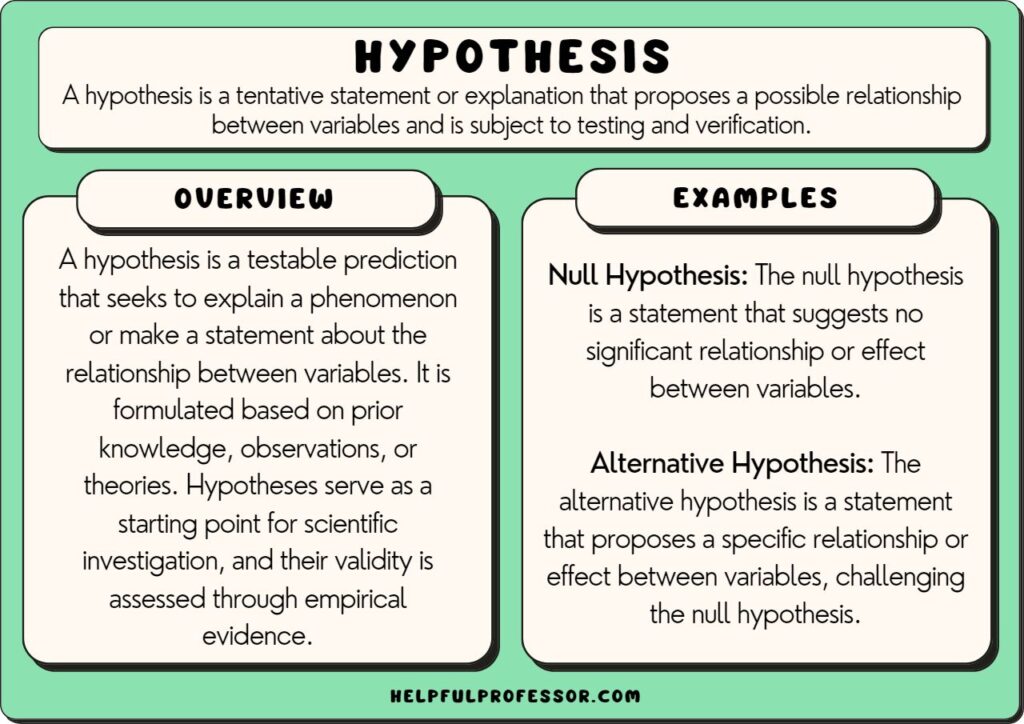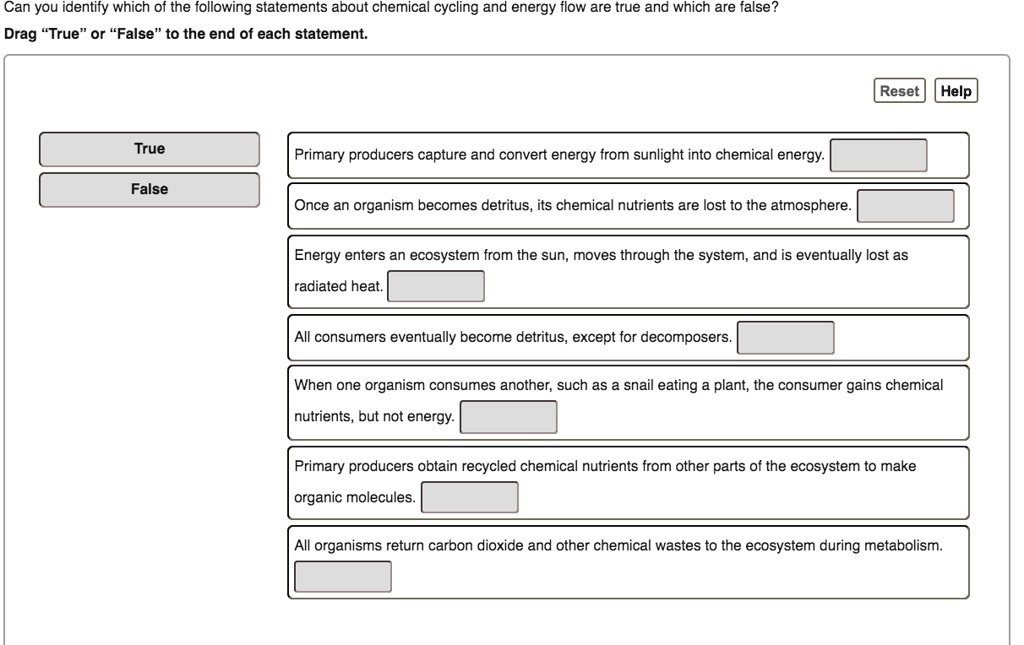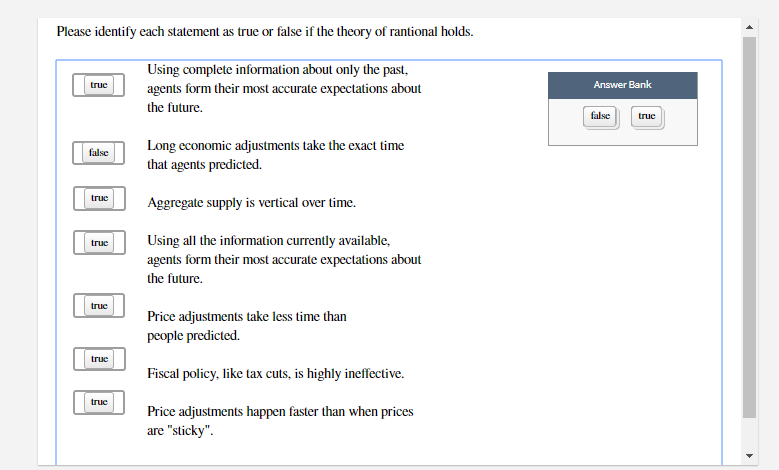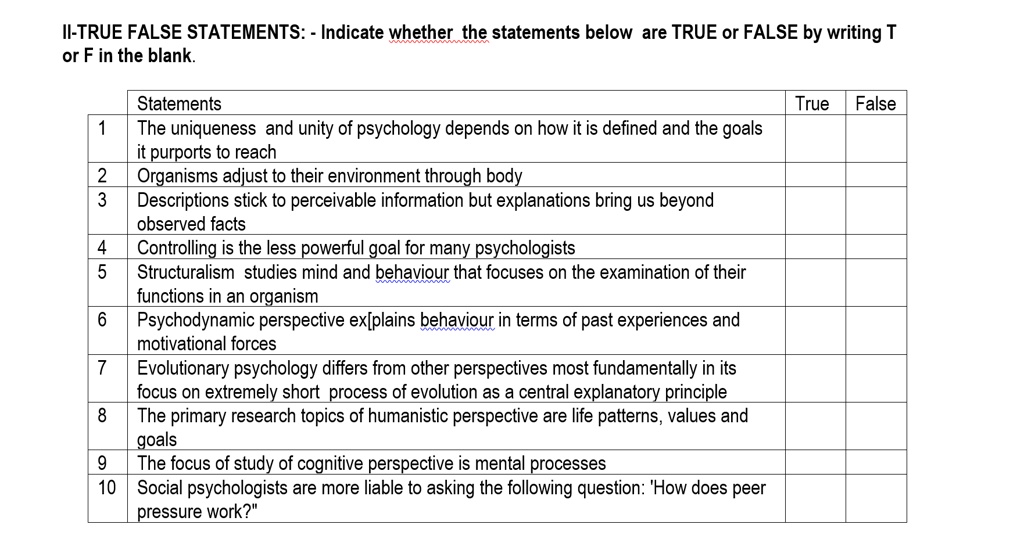Identify The True And False Statements About Scientific Research.
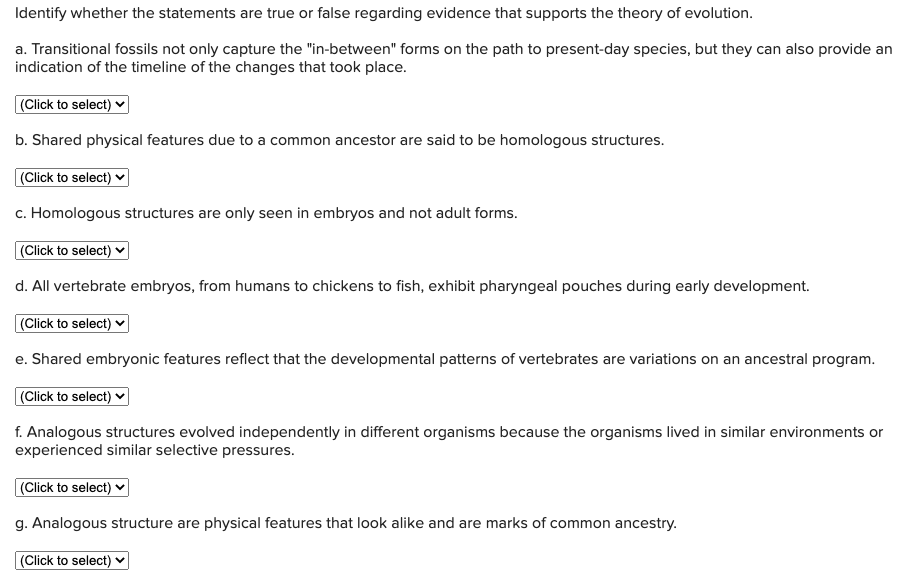
Imagine a bustling laboratory, beakers bubbling, researchers huddled around data-filled screens. The quest for knowledge, driven by curiosity and the desire to understand the world, is a cornerstone of human progress. But navigating the landscape of scientific research can feel like traversing a complex maze, where truth and misconceptions often intertwine.
This article aims to illuminate the path by identifying common true and false statements about scientific research. We will delve into the realities behind popular assumptions, offering clarity and fostering a deeper appreciation for the scientific process. Understanding these nuances is crucial for informed decision-making and critical engagement with scientific findings.
The Foundation of Scientific Inquiry
At its core, scientific research is a systematic process of inquiry. It involves formulating hypotheses, designing experiments, collecting data, and analyzing results to draw conclusions about the natural world. This rigorous methodology is designed to minimize bias and ensure the reliability of findings.
True: Science is Self-Correcting
Science isn't about absolute certainty, but about continually refining our understanding. The scientific method emphasizes peer review, replication, and ongoing scrutiny. This ensures that errors are identified and corrected over time, leading to a more accurate and robust body of knowledge.
Think of it as a constant dialogue within the scientific community. Findings are presented at conferences, published in journals, and subjected to intense examination by other experts in the field. This process of critical evaluation is a cornerstone of scientific progress.
False: A Theory is Just a Guess
The term "theory" often misused in everyday language, has a very specific meaning in science. A scientific theory is a well-substantiated explanation of some aspect of the natural world, based on a vast body of evidence. It's not merely a hunch or a speculation.
Evolutionary theory, for example, is not just a guess about how life on Earth developed. It's supported by a wealth of data from diverse fields, including genetics, paleontology, and comparative anatomy. It is the best explanation we have for the observed patterns of life's diversity.
Navigating the Research Landscape
Understanding the nuances of scientific research requires more than just knowing the basic definitions. It also means being able to critically evaluate research findings and distinguish between credible and unreliable sources.
True: Peer Review is Crucial for Validating Research
Peer review is a process where experts in a particular field evaluate the quality and validity of a research study before it is published. This process helps to ensure that the research is rigorous, unbiased, and contributes meaningfully to the scientific community. Studies published in peer-reviewed journals are generally considered to be more reliable than those that are not.
The peer review process can be rigorous. Reviewers evaluate the methodology, data analysis, and conclusions of the study, and provide feedback to the authors. This process often involves multiple rounds of revisions before a study is accepted for publication.
False: Correlation Implies Causation
One of the most common pitfalls in interpreting research is confusing correlation with causation. Just because two things happen together doesn't mean that one causes the other. There may be other factors at play, or the relationship may be purely coincidental.
For example, ice cream sales and crime rates tend to increase during the summer months. However, this does not mean that eating ice cream causes crime. A more likely explanation is that both are influenced by a third factor, such as warm weather.
The Role of Funding and Bias
Scientific research is often expensive, requiring significant funding for equipment, personnel, and other resources. The source of this funding can sometimes introduce bias into the research process, consciously or unconsciously.
True: Funding Sources Can Influence Research Outcomes
Research funded by a particular company or organization may be more likely to produce results that are favorable to that entity. This is not necessarily intentional, but can be a subtle influence on the design of the study, the interpretation of the data, or the publication of the findings. Transparency in funding sources is crucial for evaluating potential bias.
For example, a study funded by a pharmaceutical company may be more likely to find positive results for a new drug than a study funded by an independent source. This doesn't automatically invalidate the findings, but it does warrant careful scrutiny.
False: All Scientific Studies Are Flawless
No study is perfect. All scientific studies have limitations, whether they are related to the sample size, the methodology, or the statistical analysis. Acknowledging these limitations is a sign of good science, not a weakness. The best studies will openly discuss their limitations and suggest areas for future research.
Recognizing the limitations of a study is essential for properly interpreting its findings. It helps us to understand the context of the results and avoid overgeneralizing them. It also highlights the need for further research to address the remaining questions.
Communicating Science Effectively
The communication of scientific findings is just as important as the research itself. Effective communication ensures that the public can understand and benefit from scientific advancements. However, miscommunication can lead to confusion, mistrust, and even harm.
True: Scientific Consensus is a Powerful Indicator of Truth
Scientific consensus represents the collective judgment of the scientific community on a particular topic. It's based on the weight of the evidence, after years of research and debate. While not infallible, scientific consensus is a strong indicator that a particular finding is well-supported by the available data.
For example, there is overwhelming scientific consensus that human activities are causing climate change. This consensus is based on decades of research from multiple disciplines. Although there are always uncertainties in science, this level of agreement provides a strong basis for action.
False: If It's "Natural," It's Automatically Safe and Effective
The appeal to nature fallacy assumes that anything "natural" is inherently safe and effective, while anything "artificial" is harmful. This is simply not true. Many natural substances are toxic or ineffective, while many synthetic substances are safe and beneficial. For example, cyanide is a naturally occurring poison, while penicillin is a synthetic antibiotic that has saved countless lives.
It's important to evaluate the safety and efficacy of any product or treatment based on scientific evidence, not on whether it is labeled as "natural" or "artificial." This applies to everything from dietary supplements to medical treatments.
Moving Forward with Informed Skepticism
In conclusion, navigating the world of scientific research requires a combination of knowledge, critical thinking, and a healthy dose of skepticism. By understanding the true and false statements outlined above, you can become a more informed consumer of scientific information. Remember that science is a process, not a destination. It's a journey of discovery, filled with both triumphs and setbacks. By embracing the scientific method and engaging with research findings in a thoughtful and critical way, we can unlock the power of science to improve our lives and understand the world around us.


